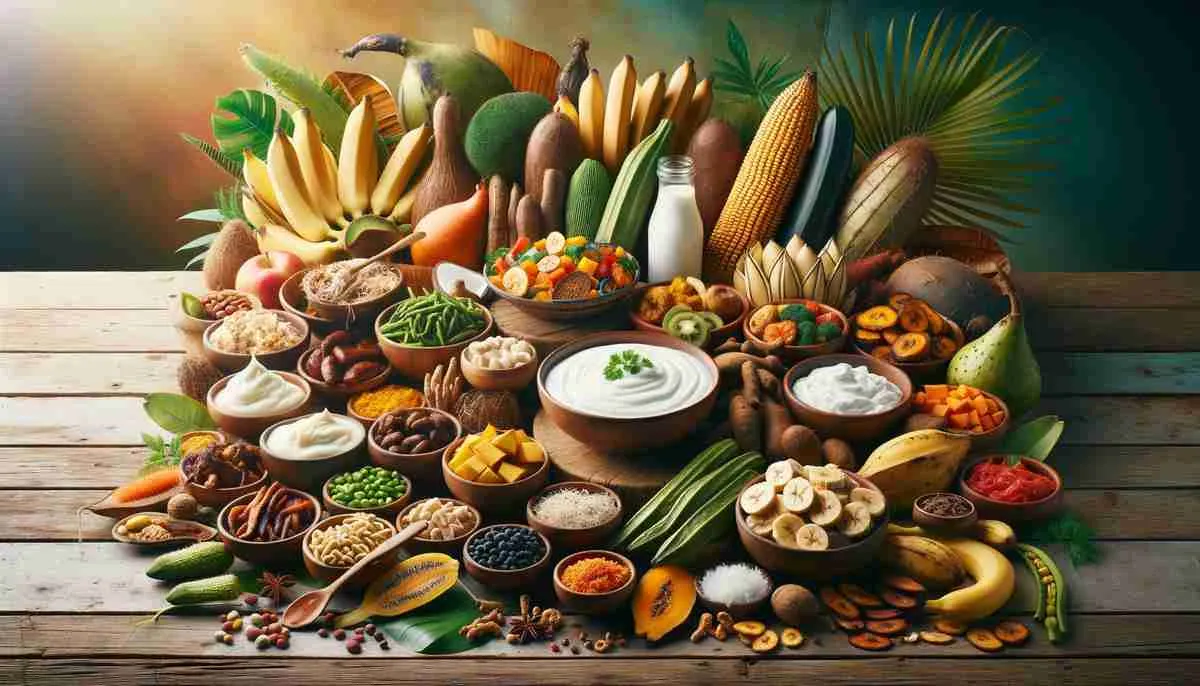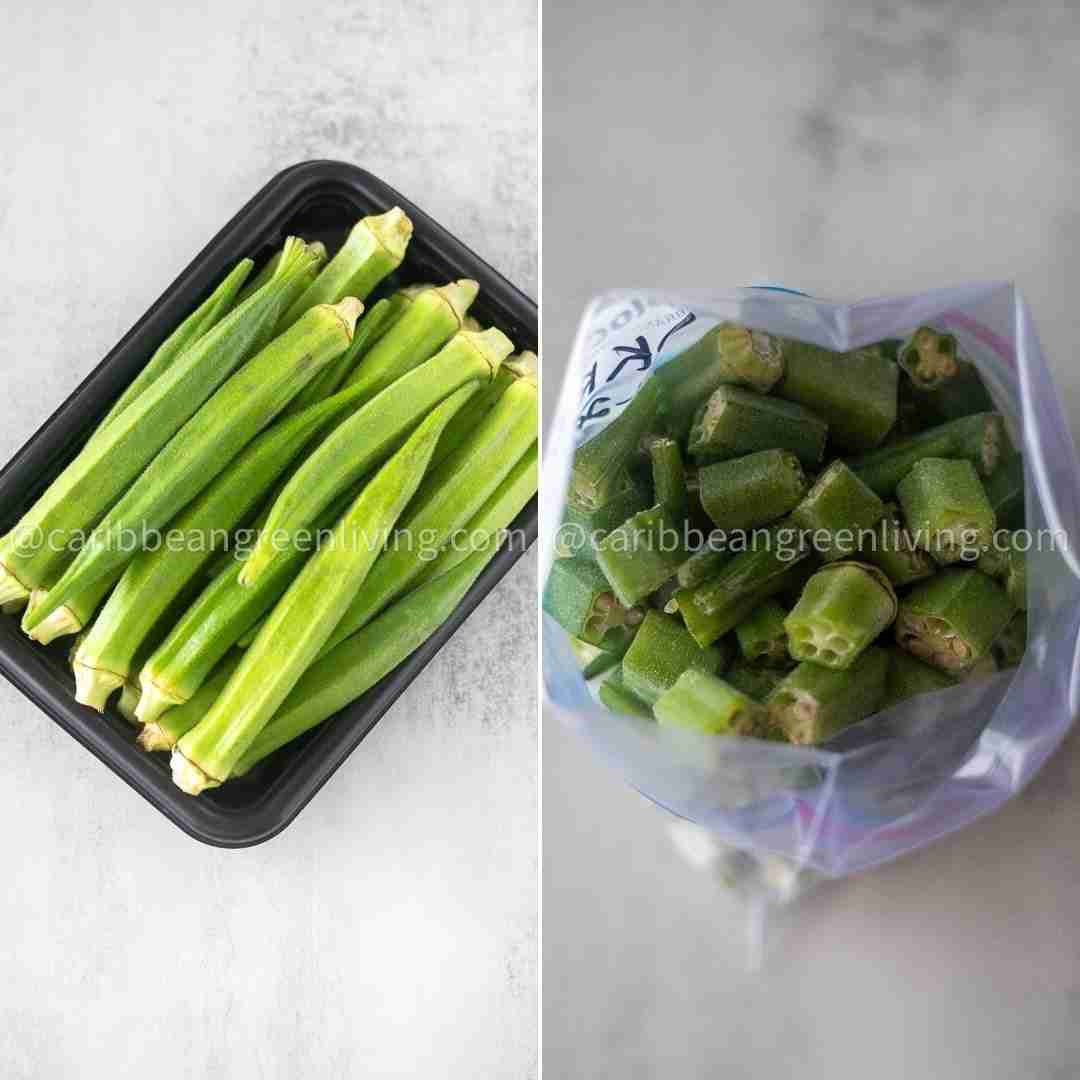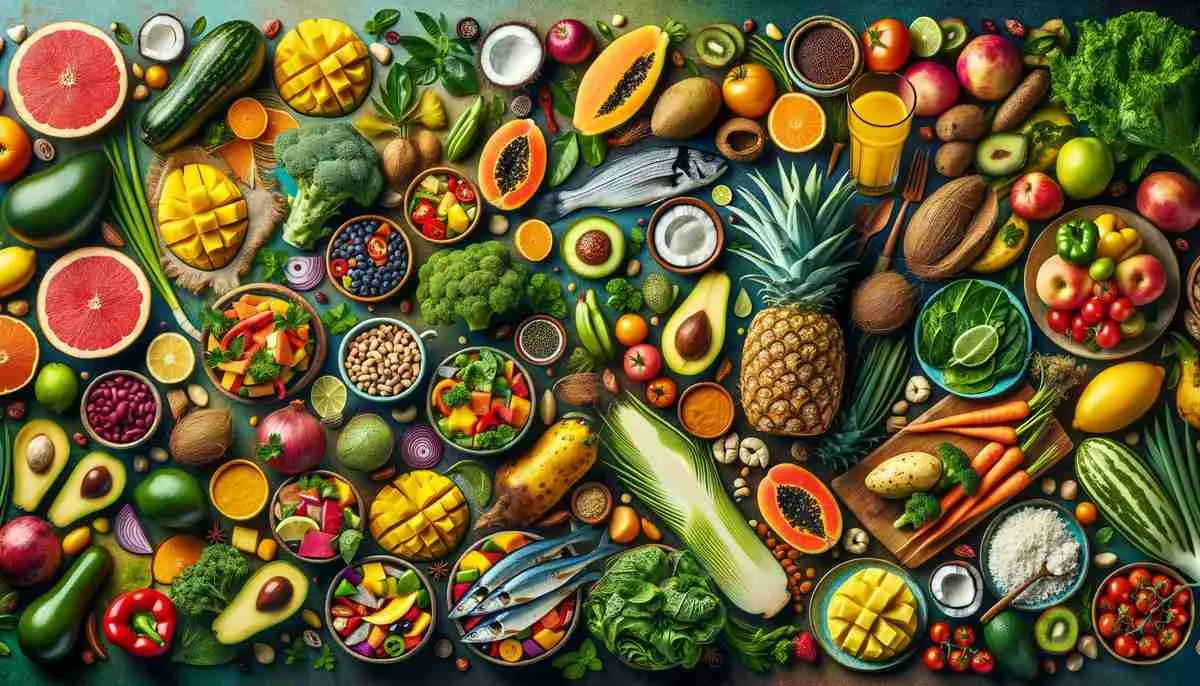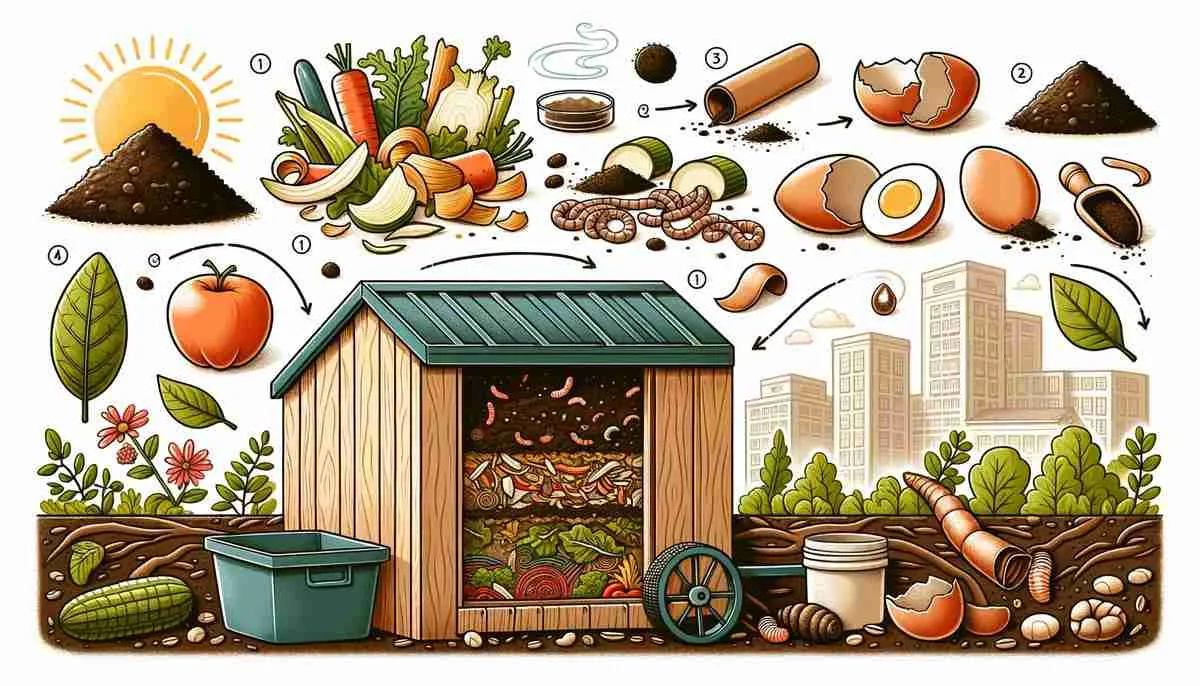Choosing and Using Tropical Root Vegetables: The Ultimate Caribbean Guide
In the Caribbean, root vegetables—lovingly known as ground provisions—are more than just food. They are comfort foods. They are part of our culture. They are the heart of Sunday dinners, soups that cure everything from colds to heartbreak, and side dishes that steal the show.
From buttery yuca to sweet, starchy patates (Caribbean sweet potatoes), these tropical roots have nourished generations across islands and shores. But if you’re new to Caribbean cooking (or need a refresher), choosing the right root vegetable—and knowing what to do with it—can feel a bit overwhelming. Which ones are good for boiling? What goes best in soups? How do you store yam (not the sweet potato version) without it going bad in two days?
Don’t worry, we’ve got you.
This ultimate guide is your go-to resource for discovering, prepping, and cooking the most common (and delicious!) tropical root vegetables used in Caribbean cuisine. Whether you’re a seasoned home cook or just exploring the world of island flavors, we’ll walk you through everything from sweet potatoes to malanga, share easy cooking tips, health benefits, and even a few meal ideas to get your provisions game strong.
Let’s dig in—because roots run deep, especially in Caribbean kitchens.

Rooted in Culture: Why Root Vegetables Are the Soul of Caribbean Cooking
In every Caribbean kitchen, root vegetables—also lovingly called ground provisions—are more than just ingredients. They are our heritage. They are soul food. They are Sunday dinner and Friday soup. From yuca to yam to sweet potatoes and malanga, these earthy roots are family on a plate.
Whether you’re boiling them in a hearty stew, roasting them with fresh herbs, or mashing them up with ground black pepper, garlic, and butter, root vegetables hold a sacred spot in our culture and cuisine.
These root vegetables are common staple foods in West Africa and South America.
What Are Tropical Root Vegetables?
Tropical root vegetables (aka ground provisions) grow underground and come loaded with nutrition, versatility, and deep culinary tradition. In the Caribbean, they’re staples we rely on daily—and for good reason. They can even replace that lovely bowl of rice we crave every day.
Here are some of the most beloved root vegetables across the islands:
| Root Veggie | Also Known As | Best Cooking Methods | Island Tip |
|---|---|---|---|
| Yuca | Cassava | Boiled, Fried, Roasted | Try in accra or boiled with spicy sauce |
| Malanga | Yautía, Taro | Fritters, Soup Base | Best in Haitian Accra and Haitian Bouillon |
| Yam | White Yam | Boiled, Roasted | Not the same as sweet potato or the orange flesh sweet potato. |
| Sweet Potato | Patate Douce | Baked, Roasted | Perfect for “Pain Patate” |
| Dasheen | Taro | Soup, Boil, Callaloo | Used in both root and leaf form |
| Eddoes | Taro | Stewed, Curried | Nuttier taste and texture |
| Tannia | Xanthosoma sagittifolium | Boiled, Fried | Similar to malanga, a bit earthier |
| Plantain | Green/Ripe | Fried, Baked, Boiled | Always a crowd favorite |
| Breadfruit | Breadnut | Roasted, Fried | Technically not a root, but equally important |
How to Choose and Store Root Vegetables Like a Pro
Shopping and storing these earthy delights doesn’t have to be tricky. Here’s how to get it right:
At the market:
- Choose firm, unblemished roots
- Avoid bruises, cuts, and soft spots
- Buy whole when possible (peeled yuca spoils fast!)
- Hit up Caribbean or international markets for freshness
At home:
- Store in a dry, cool basket or bowl
- Never refrigerate (moisture = spoilage)
- Use within 7–10 days
Pro Tip: Invest in a good root veggie brush and peeler. They’ll save your fingers—and your patience.
How to Prepare and Cook Root Vegetables
Don’t be intimidated by thick skins or knobby shapes. Root veggies are easy to prep once you get the hang of it.
Basic Prep Steps:
- Wash thoroughly (scrub off dirt)
- Peel with a sharp knife or peeler
- Cut into even pieces
- Rinse again before cooking
Pro tip: I find it helpful to wear food-grade gloves when peeling and cutting these root vegetables.
Best Cooking Methods:
| Method | Great For | Quick Tip |
|---|---|---|
| Boiling | Yam, Malanga | Use salted water for flavor |
| Roasting | Sweet Potato, Yuca | High heat brings out natural sweetness |
| Frying | Yuca, Malanga | Try with a sprinkle of sea salt |
| Baking | Patates, Breadfruit | Perfect for meal prep or sides |
| Mashing | Yam, Sweet Potato | Add garlic, herbs, or a bit of butter |
Island Tip: Add Haitian epis or Noubess hot sauces while cooking to level up the flavor!

Health Benefits & Nutritional Highlights
Tropical roots aren’t just delicious—they’re functional foods packed with nutrients. Here’s why your body will thank you:
- Rich in Fiber: Supports digestion and fullness
- Complex Carbs: Balanced energy with no sugar crash
- Potassium Power: Helps control blood pressure
- Vitamin Boost: A, C, B6, and manganese, depending on the root
- Anti-inflammatory: Especially in yuca, sweet potato, and malanga
| Root | Fiber (g) | Calories | Nutrients |
|---|---|---|---|
| Yuca | 3 | 160 | Vit C, manganese |
| Sweet Potato | 4 | 120 | Beta-carotene, potassium |
| Malanga | 3 | 130 | Iron, Vit C |
| Yam | 5 | 118 | Potassium, Vit B6 |
Want to eat smarter? Build your meals with at least one root and one leafy green like callaloo or spinach.
5 Must-Try Root Recipes
Ready to get cooking? Try one of these Caribbean classics from the blog:
- Yuca with Red Onion Vinaigrette
- Spicy Pan-Roasted Yam with Chicken Breast
- Haitian Accra with Malanga
- Easy Roasted Sweet and White Potatoes
- Boiled Provisions with Avocado & Epis
More coming soon in the next post: “Easy Weeknight Meals with Root Vegetables”
Next in the Series
This is the first part of our Tropical Root Vegetables Guide series. Up next:
- How to Prep & Store Each Root Like a Pro
- Best Seasonings + Sauces for Ground Provisions
- A Caribbean Meal Plan Built on Roots & Wellness
- Free Download: Provisions Prep Cheat Sheet
Want early access? Subscribe to the newsletter and get your FREE Root & Veggie Meal Plan download!
Let’s Talk Roots!
Tell me—what’s your go-to root veggie? What did you grow up eating? Drop your stories, recipes, and kitchen memories in the comments below. Let’s keep the culture alive and delicious.






